Alone Across Antarctica Part 4: Mike Horn's Race Against Time
Ultra-Adventurer Mike Horn still holds the longest record on Antarctica; does the new world-record traverse measure up?
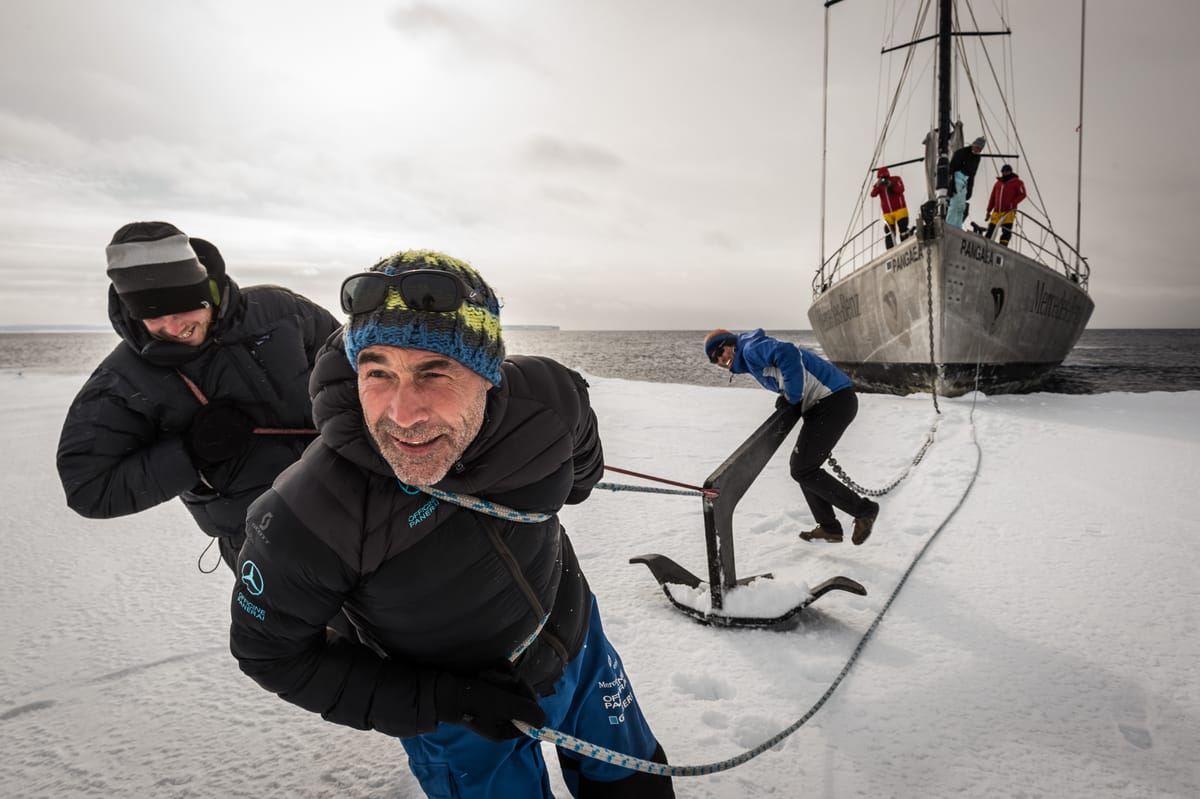
The Outdoor Journal's 5-part series Alone Across Antarctica began with a breakdown of Colin O’Brady's most recent world record attempt to cross Antarctica on a solo mission. In Part 2, Captain Louis Rudd explained what it took to survive his simultaneous 56-day journey. In Part 3, Børge Ousland recounted the first-ever solo crossing of Antarctica in '97 to share his perspective on the latest record-breaking attempts. In this installment, Mike Horn gives us insight into what it took to hit the longball on Antarctica.
In the spring of 2017, Mike Horn completed the longest crossing of Antarctica in history without resupply, spending 57 days alone on the ice, and spanning a staggering 3,169 miles (5,100 km). As a throwback to legendary explorers like Amundsen and Shackleton, Horn reached the coast of Antarctica by sea on his vessel Pangaea, sailing from the southern tip of Africa.
Horn skied and kited on a new route across the longest possible crossing of the continent, hauling all of his gear, including ice axes and crampons, in case he encountered crevasses. He even adapted his biological clock to a 30 hour day in order to cover the vast distances he would need to without running out of food.

Most recently, on December 26, 2018, American adventurer and endurance athlete Colin O'Brady completed a new world's first expedition to cross Antarctica in 54 days alone and without resupply, using human power alone. British explorer Captain Louis Rudd completed the journey just two days later. O'Brady claimed his journey was the world's first crossing of Antarctica solo, unsupported and unaided.
"His claim is an insult to Børge Ousland who did the first traverse in '96-97, and has no legs to stand on." - Horn
The Outdoor Journal connected with Mike Horn to discuss the logistics of his world-record crossing of Antarctica and whether the latest 930 mile (1,455 km) traverse by Colin O’Brady and Captain Rudd lives up to the challenge.
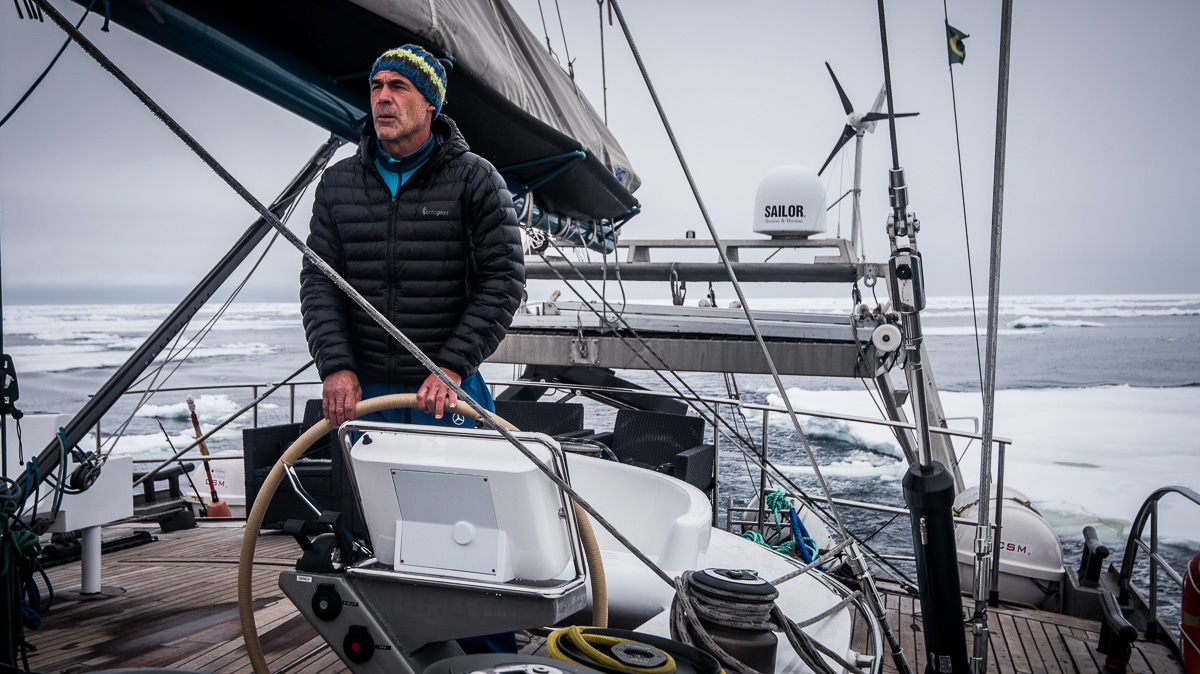
THE ROUTE OF THE UNKNOWN
TOJ: Can you explain the process of selecting your route from coast to coast? What data or images did you have to help with navigation?
Mike Horn: I decided to do a new route following the longest possible crossing of Antarctica, with the complication of not taking a plane but arriving and leaving on a boat. This meant that part of the crossing was going to happen during the beginning of winter.
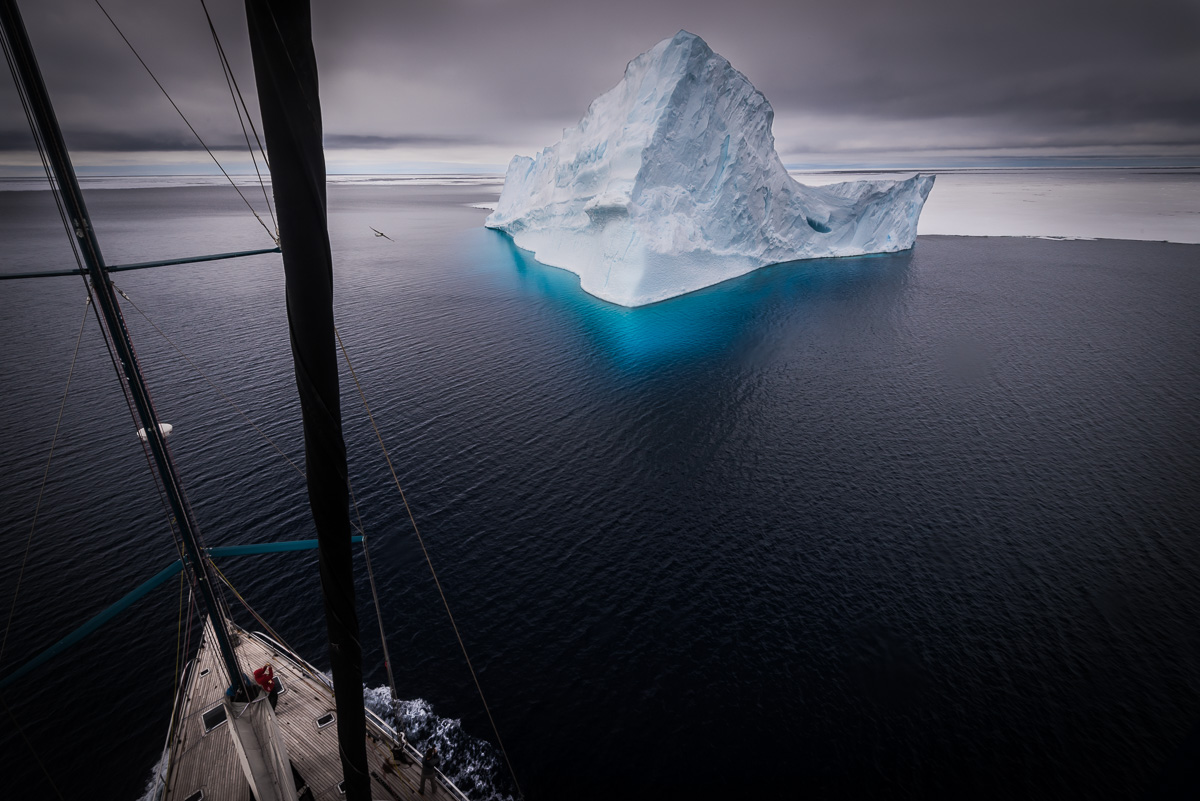
"I knew that no rescue would be possible. It was going to be a race against time."
I researched an entry and exit point where the ice would allow me to get as close as possible to the continent during the sea-ice breakup surrounding Antarctica in summer. Knowing that it was not the ideal time to be on the plateau and an early freeze on the other side could add difficulty to my project. I had no choice but to wait for the ice to break up, meaning that I would start my expedition when the commercial expedition period would close and that no rescue would be possible on this route but on the South Pole. It was going to be a race against time.

I had no maps or data on the traverse of the mountain range in Queen Maud land so I took all the equipment that was needed to cross the crevasses - ice screw, ice axes, crampons and ropes, enough food for 90 days - that would determine the distance I need to cover in a day without running out of food. I constantly changed my biological clock from working on a 24-hour day to running on a 30-hour day to respect the daily distances I needed to cover.
Navigation is key, but also the most difficult part of the expedition - wandering off into the unknown every day - small mistakes in navigation on an unknown route can lead to disaster. This is where experience becomes very important.
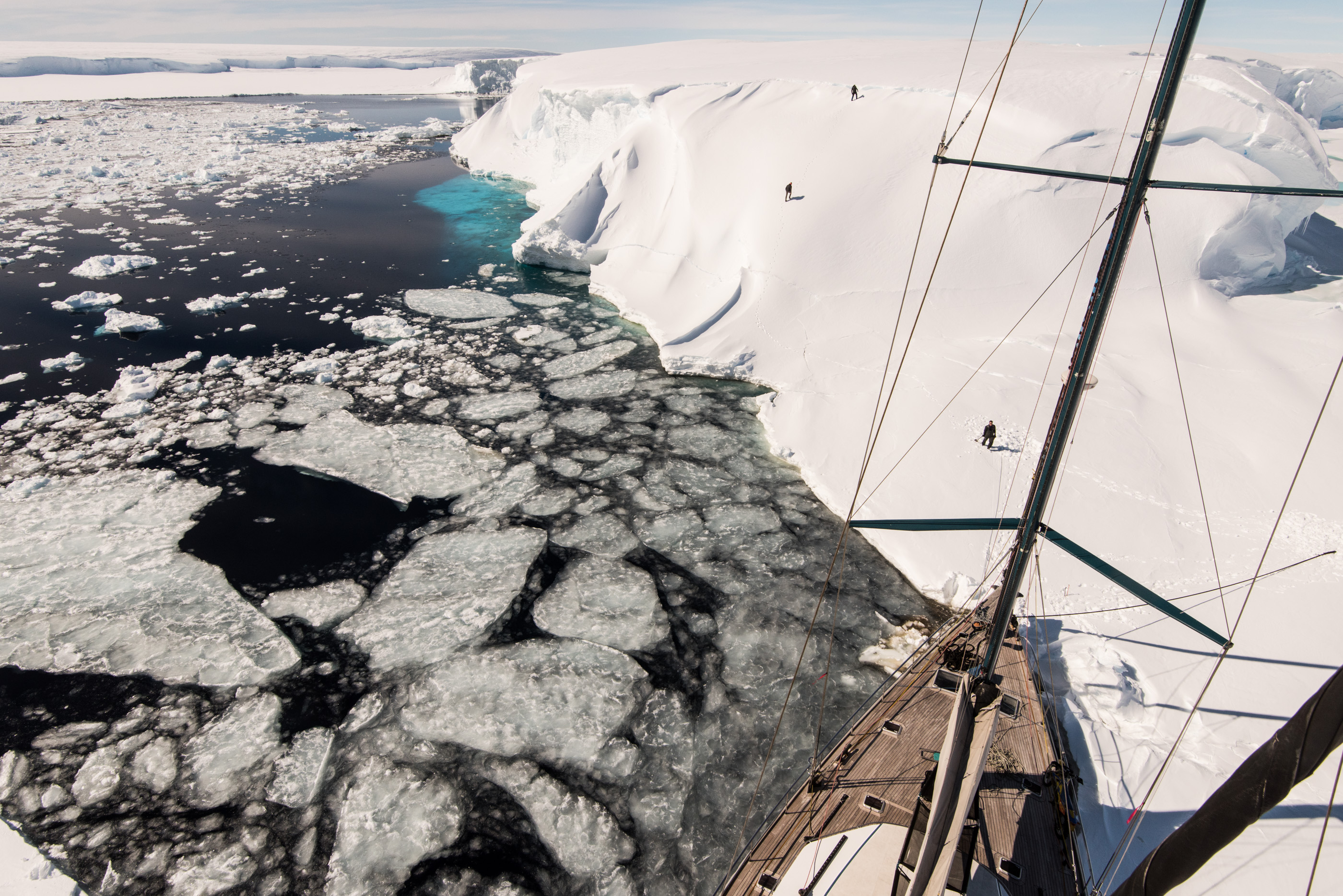
TOJ: Ben Saunders, Henry Worsely, and now O’Brady and Rudd have all attempted this new 930 mile (1,455km) route, not even half of your 3,169 mile (5,100 km) journey. Is it a valid crossing?
"In my philosophy of a crossing, you finish when you have water in front of you."
Mike Horn: I want to congratulate O’Brady and Rudd for their crossing. We all decide personally how we want to do our expedition and there should be no rules and regulations associated to how we chose to do the crossing. Børge Ousland did the first crossing in '96-97 and O'Brady cannot claim that. Børge did a route with double the distance and weight in his sled starting on the ice edge, finishing at the ice edge and that I consider a full crossing of Antarctica. In my philosophy of a crossing, you start on the ocean and finish when you have water in front of you.
The way O’Brady considers his crossing according to the rules he set himself is his decision but not necessarily how I would like to consider a crossing to be done. It was not a new route either, there are tracks to the South pole and to the Ross Ice Shelf, so navigation is no longer a problem, you just follow the track and that is a big assistance.
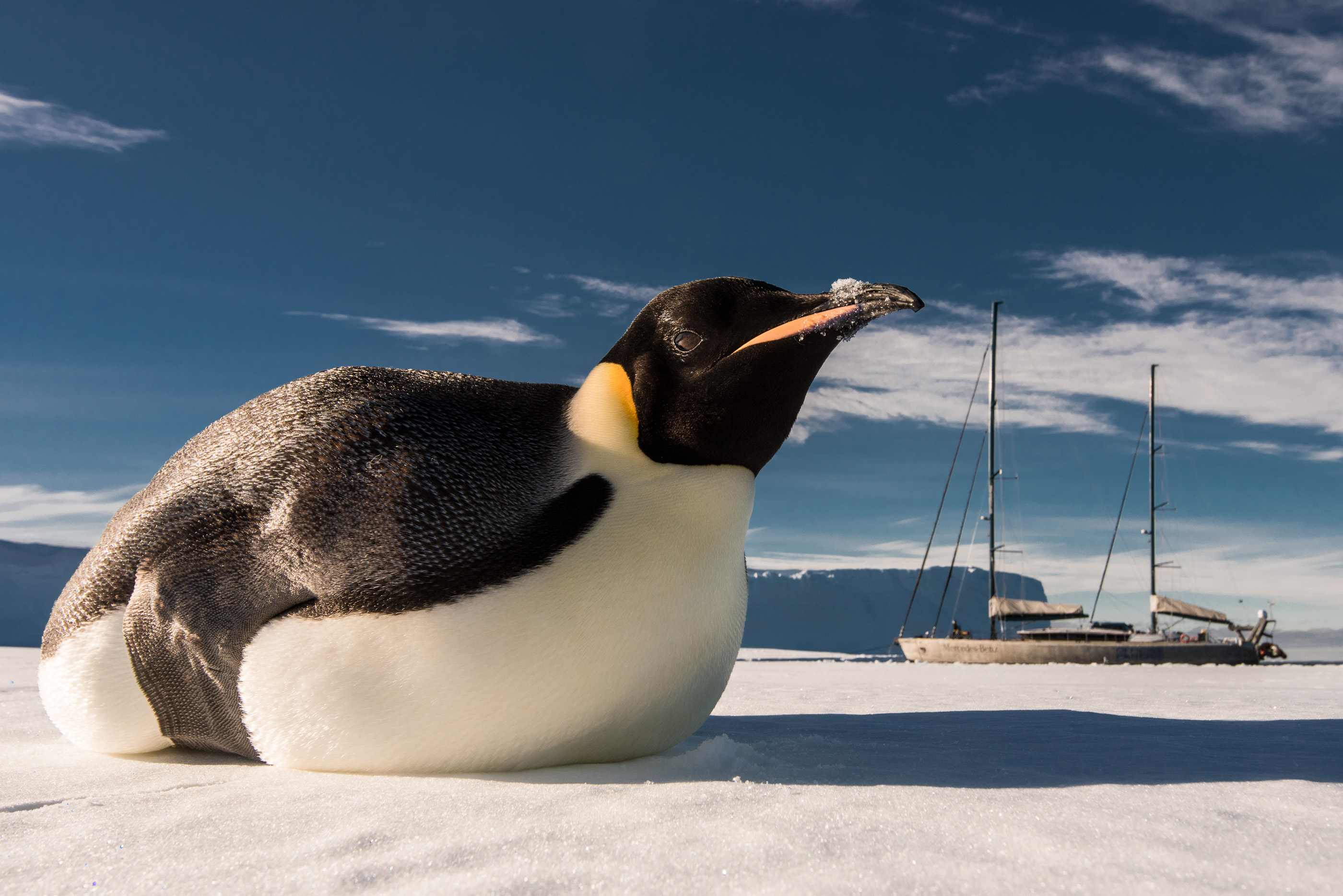
TOJ: Shouldn’t a crossing be as close to 180 degrees across the continent as possible? The O'Brady route is at a 70-degree angle, all within the same quadrant of the continent.

Mike Horn: In 2008, I did a South Pole return trip and did not consider it a crossing because I returned back to my point of departure. They did not return back to their point of departure and passed through the South Pole. When you get to the Pole everywhere you go is North and they wanted to do the shortest route hence the 70-degree angle to be picked up by a plane.
"Being picked up by a plane in the middle of the continent can not be considered a crossing."
TOJ: According to Adventurestats.com, "The start point has to be from the boundary between land and water - the coastline. Permanent ice is considered part of the ocean, not the land. If the coastline is not obvious due to permanent ice, the start point should be according to the mapped outline of the coast." In my analysis, if the Ross Ice Shelf has been there for 100,000 years, then it would be considered permanent ice and therefore part of the ocean. These rules seems to accept an inner coastal start and a finish across an "invisible" finish line.
Mike Horn: I agree 100% with your remark above, for that reason I did not use a plane to fly to my starting position but sailed from the African continent, walked and skied over the sea ice onto the permanent ice shelf to the continent via the South Pole, more or less in a straight line to the ocean on the other side.
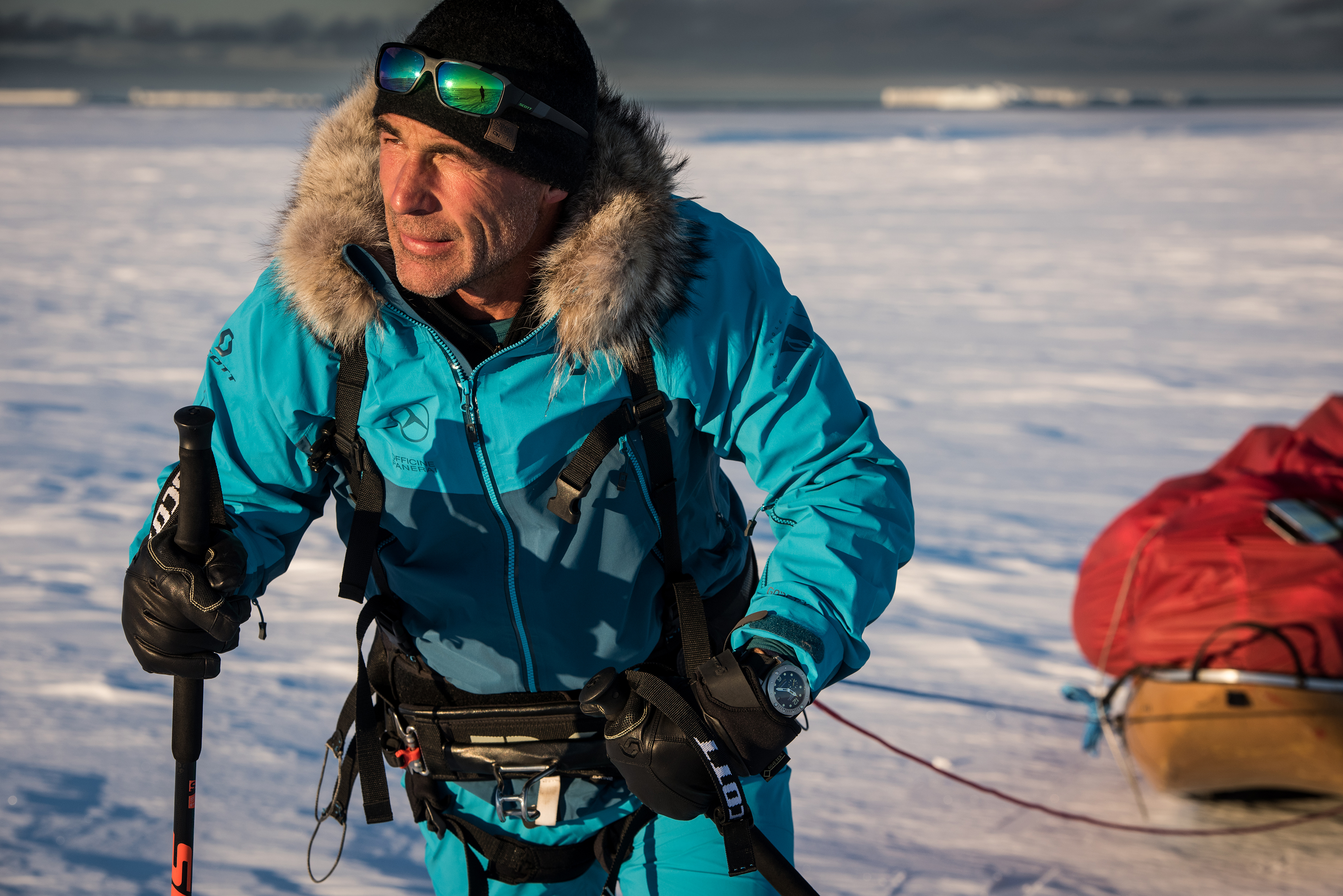
When you climb a mountain, you do not start directly climbing vertically, that's only the last part of the climb. You leave base camp to approach the mountain and return to base camp, that is a complete expedition. Being picked up by a plane in the middle of the continent can, for me, not be considered a crossing no matter if the ice is on the water or on the continent.
Read Next on TOJ: Racing Across Namibia with Mike Horn
TO BE OR NOT TO BE ASSISTED
TOJ: According to Adventurestats.com, "using tracks created by a motorized vehicle is considered support." In that case, would a route that incorporates the groomed and marked South Pole Overland Traverse qualify as "unsupported/unassisted"? Does the use of SPOT disqualify the record?
"Small mistakes on an unknown route can lead to disaster."
Mike Horn: On frequently used routes like O’Brady took, you cannot avoid tracks and groomed roads. All along his route he could be rescued and it takes the unknown adventure out of the exploit. We can consider it as a navigational aid and it definitely makes it much easier pulling the sled, but that is the nature of their crossing. They did what they could do under the circumstances. Any expedition is a feat and needs courage, but following a track cannot be compared with a new route.
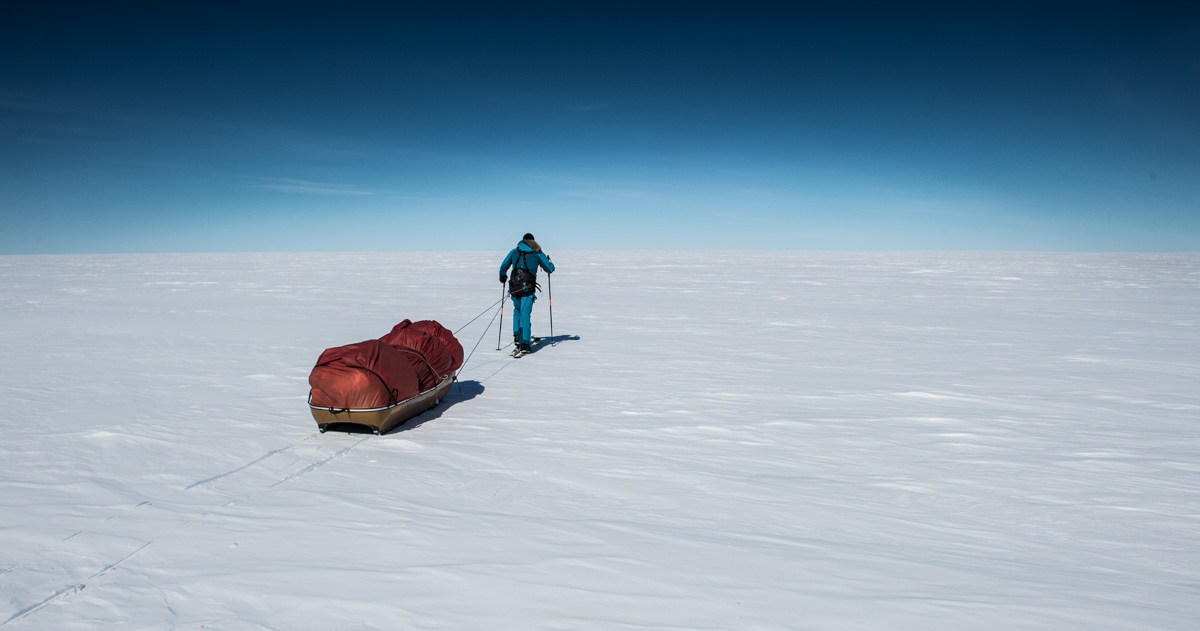
TOJ: Why does the use of a kite make a journey "supported" while the use of skis does not?
Mike Horn: Yet again, I do not know who made the rules, I would consider motorized transport during the crossing as “supported” but not using kites and skis. If they say a kite is wind assisted then using skis should be ski assisted. Flying in with a plane, being dropped off and flown out is also some sort of assistance. This is a topic that we can discuss for hours and not find a solution.
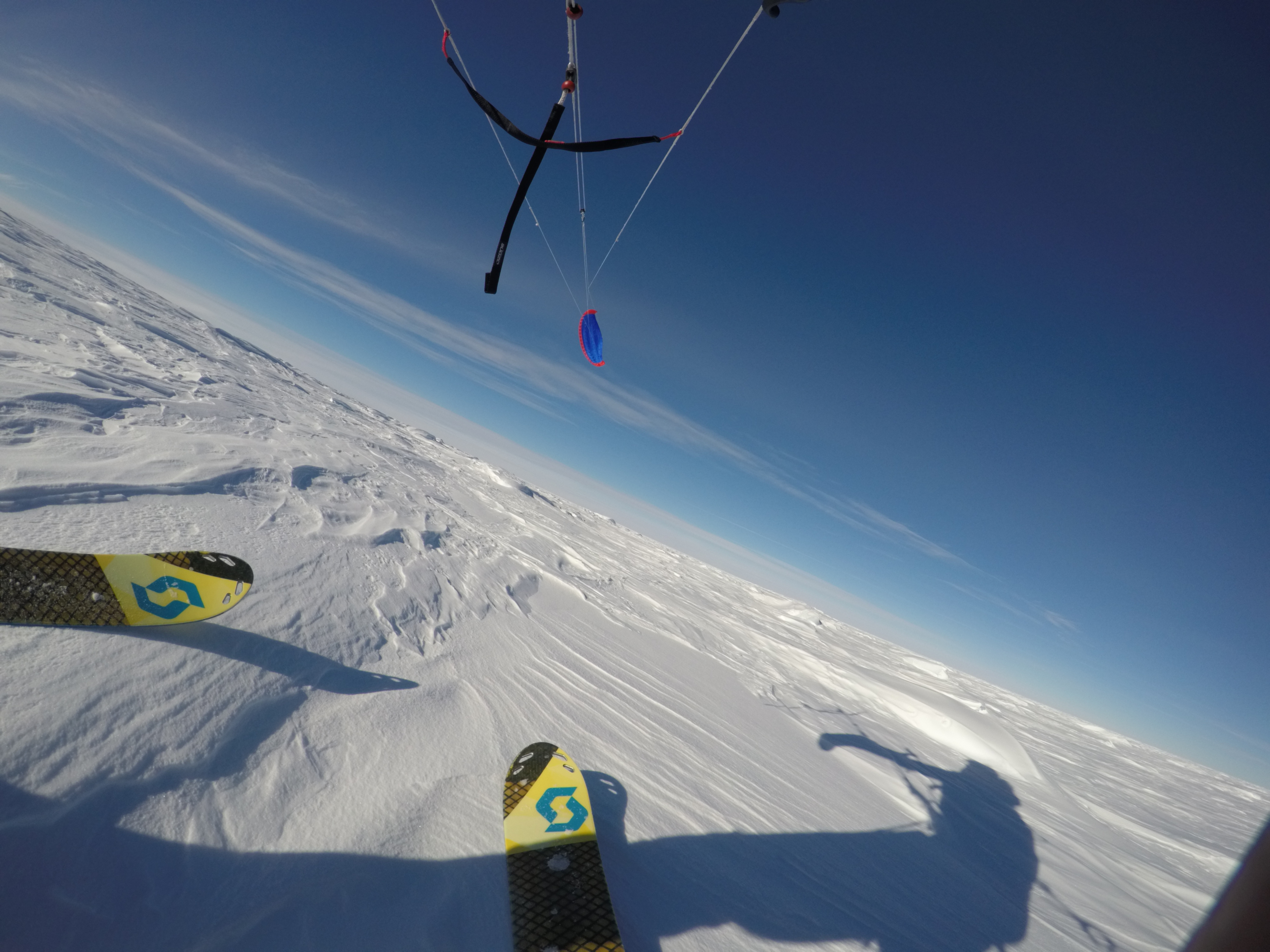
TOJ: O'Brady made the claim that he accomplished "The Impossible First" to become the first person in history to traverse the continent of Antarctica coast to coast solo, unsupported and unaided." Do you recognize his claim for the world record?

Mike Horn: His claim is an insult to Børge Ousland that did the first traverse in 96-97, and has no legs to stand on. Anybody supporting his claim should do some research to understand what was done in Antarctica in the past. He made his own rules. According to his rules, he crossed the continent taking only the landmass into consideration. For me, the ice shelf is part of the ice cover surface of the continent and might not be there forever, so a traverse includes all of it, not only part of it. O’Brady is making a very big claim. If he believes his claim, so be it, but we all have the freedom to support his claim or not.
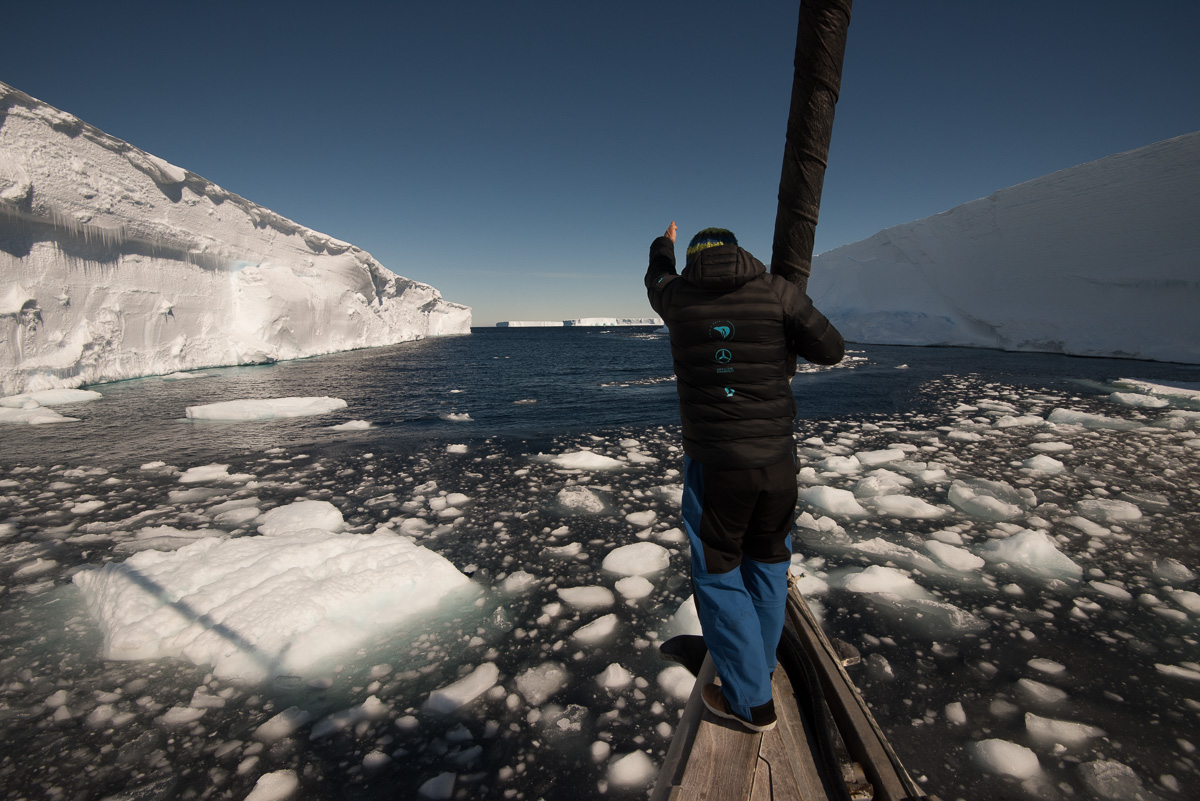
TOJ: O'Brady and Rudd were dropped off in the same plane, and started their expeditions at the same time, how does that impact their claim?
"It was more a competition than pure adventure."
Mike Horn: They did not plan the expedition as a team, had their own tents and were completely independent of each other, so we can say it was two solo expeditions. It was more a competition than pure adventure or exploration. Everywhere along the route, they could have assistance if needed, and it’s the logical shortest route across Antarctica. Solo on the beaten track or Solo on a new route, Solo stays Solo but the route we take changes the nature of the beast.
TOJ: Do you think today’s social media, which focuses on click-bait headlines, is at fault for creating controversy here?
Mike Horn: I think if we use social media correctly and we are honest about what was done and how it was done, it stays an amazing tool to share experiences, adventures, and expeditions. We do not play in a stadium where people can sit and watch a match but we can take people along with us on any journey today with sharing photos, video clips, voice files, and blogs. It inspires people and we become examples, and for that reason, I support social media platforms.
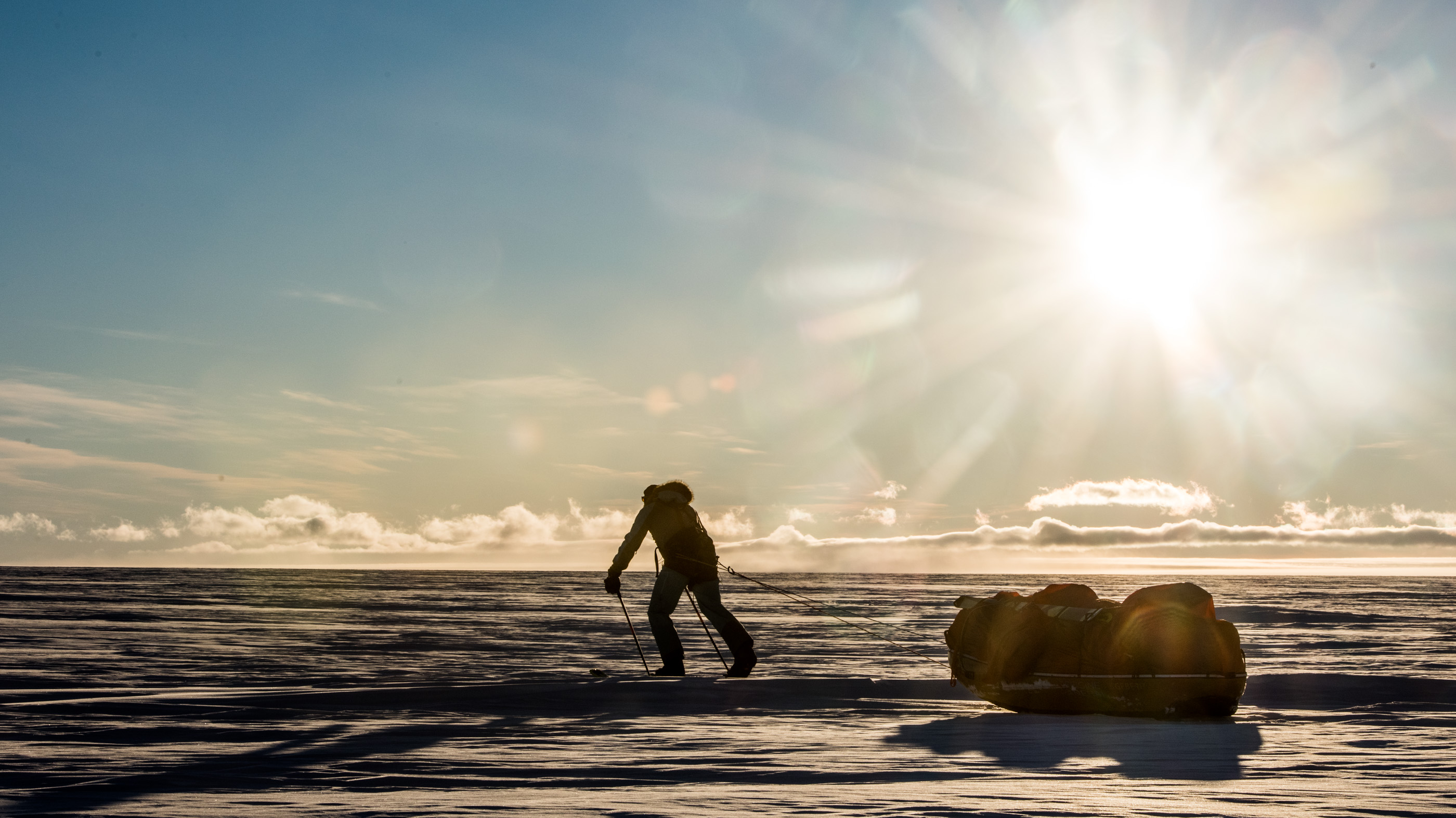
TOJ: Are there still possible first ascents and first solo challenges out there?
Mike Horn: It’s getting more and more difficult to find firsts, but that should not be the main purpose or drive behind what we do or the reason for going out there to live an adventure. Every time I do something for the first time, it is exciting for me, even though it could have been done one hundred times by someone else. First for yourself should be the main reason.
TOJ: What source should we follow as the official guidelines for polar crossing records?
Mike Horn: Your own heart, do it for yourself and others with the correct intentions and you will be happy and satisfied with your accomplishments.
You can follow Mike on his website, or via his social media channels below:
Website: MikeHorn.com
Facebook: @PangaeaMikeHorn
Instagram: @mikehornexplorer
Photos by Dmitry Sharomov
Stay tuned to The Outdoor Journal for the final installment of our Alone Across Antarctica series.
- Monday 8th July: Introducing Alone Across Antarctica Series 2019
- Wednesday 10th: Unbreakable Colin O’Brady Achieves the Impossible Once Again
- Monday 15th: For the Love of the Journey: An Interview with Captain Louis Rudd
- Wednesday 17th: Nowhere to Hide on Antarctica: Børge Ousland’s World Record Legacy
- Monday 22nd: Mike Horn's Race Against Time
- Wednesday 24th: The Impossible Truth on Antarctica
Introducing The Outdoor Voyage
Whilst you’re here, given you believe in our mission, we would love to introduce you to The Outdoor Voyage - our booking platform and an online marketplace which only lists good operators, who care for sustainability, the environment and immersive, authentic experiences. All listed prices are agreed directly with the operator, and we promise that 86% of any money spent ends up supporting the local community that you’re visiting. Click the image below to find out more.






Comments ()